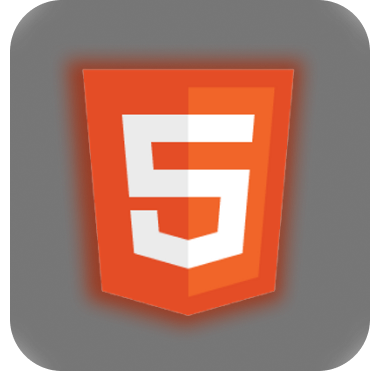
What is Web Design?
Web design is the intricate art of crafting digital experiences that captivate, engage, and inspire. It's the fusion of creativity and technology, where every pixel, color, and line of code harmoniously dances together to create visually stunning and user-friendly websites.
Imagine a canvas where innovation knows no bounds, where each design element tells a story and breathes life into the virtual realm. From sleek and minimalist interfaces to bold and vibrant layouts, web design is the conduit through which brands express their identity and connect with their audience on a deeper level. It's the meticulous process of translating ideas into interactive masterpieces, ensuring seamless navigation and immersive interactions across devices.
In the ever-evolving landscape of the digital world, web design serves as the cornerstone of online presence, shaping perceptions, sparking emotions, and leaving a lasting impression. It's more than just aesthetics; it's about crafting memorable journeys that leave users in awe and craving for more. Web design isn't just about building websites; it's about shaping experiences that resonate with the human spirit and redefine the way we interact with the online universe.
The language I use

HTML
HyperText Markup Language
HTML, or HyperText Markup Language, is the fundamental language of the internet. It serves as the blueprint for structuring web content, dictating how text, images, and multimedia are presented on websites. Like the skeleton of a building, HTML provides the framework upon which webpages are built, enabling developers to create cohesive and engaging online experiences. It's the essential tool that underpins every website, allowing for boundless creativity and innovation in digital design.

CSS
Cascading Style Sheets
CSS, or Cascading Style Sheets, is the artistic brushstroke of the web, adding style, flair, and visual appeal to HTML's structural foundation. It's the magic wand that breathes life into webpages, defining how elements look and behave across different devices and screen sizes. With CSS, designers can manipulate colors, fonts, spacing, and layout to create stunning visual experiences that captivate and engage users. Whether it's crafting sleek modern interfaces or nostalgic retro designs, CSS empowers developers to unleash their creativity and bring their visions to life on the digital canvas of the internet.

JS
JavaScript
JavaScript, the dynamic wizard of the web, infuses interactivity and functionality into static HTML and stylish CSS. It's the engine that powers interactive elements, animations, and complex behaviors on websites, turning them into immersive experiences. With JavaScript, developers can respond to user actions, manipulate the DOM, fetch data from servers, and create engaging web applications that feel alive. Whether it's building interactive forms, implementing smooth page transitions, or adding eye-catching visual effects, JavaScript empowers developers to push the boundaries of what's possible on the web, transforming static pages into dynamic playgrounds where users can explore and interact with content in exciting ways.

Node JS
JavaScript Runtime Environment
Node.js, the dynamic maestro of the web development orchestra, orchestrating a symphony of server-side operations with the elegance of JavaScript. It's like discovering a hidden chamber within the coding realm where JavaScript, once confined to the client-side, now reigns supreme on the server-side as well. Picture a magician seamlessly blending the frontend and backend worlds into a seamless, harmonious whole. At its heart, Node.js embraces an event-driven, non-blocking I/O model, akin to a master juggler effortlessly managing multiple tasks at once. This unique architecture empowers Node.js to handle asynchronous operations with the finesse of a seasoned acrobat, effortlessly balancing performance and scalability even amidst a whirlwind of concurrent connections.

Figma
UI/UX Design Software
In the realm of design, Figma emerges as a dynamic wizard, infusing static mockups with interactivity and functionality. It serves as the creative engine driving interactive components, animations, and complex behaviors in design projects, transforming them into immersive experiences. With Figma, designers can simulate user interactions, manipulate elements within the design canvas, integrate external data sources, and craft engaging prototypes that feel alive. As a comprehensive UI/UX design tool, Figma empowers designers to push the boundaries of what's possible, turning static mockups into dynamic playgrounds where users can explore and interact with prototypes in exciting ways.